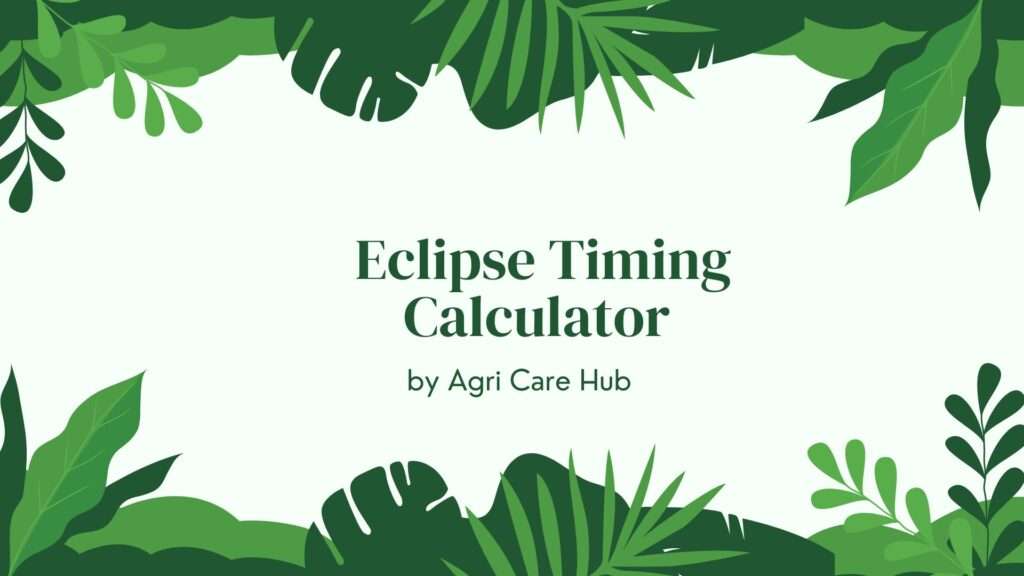Asteroid Magnitude Calculator
Calculate Asteroid Magnitude
The Asteroid Magnitude Calculator is a scientifically accurate tool designed to compute the apparent magnitude of asteroids based on their absolute magnitude (H), distances from the Sun and observer, phase angle, and slope parameter. This calculator uses the HG-system, adopted by the International Astronomical Union (IAU) in 1985, to model the brightness of asteroids, including the opposition effect. It is an essential resource for astronomers, researchers, and enthusiasts who need precise calculations for observing asteroids or studying their properties.
The calculator leverages formulas from peer-reviewed astronomical methodologies, ensuring reliable and accurate results. By inputting parameters such as the absolute magnitude (H), the distance from the Sun (dBS), the distance from the observer (dBO), the phase angle (α), and the slope parameter (G), users can determine an asteroid’s apparent magnitude, which indicates how bright it appears from Earth.
The Asteroid Magnitude Calculator is vital for several reasons:
- Observation Planning: Astronomers use the apparent magnitude to determine whether an asteroid is visible with a given telescope or the naked eye. This tool simplifies planning observations by providing accurate brightness estimates.
- Scientific Research: Understanding an asteroid’s brightness helps researchers infer its size, albedo (reflectivity), and surface properties, contributing to studies of Solar System dynamics.
- Educational Tool: Students and educators can use this calculator to explore astronomical concepts like magnitude scales and the opposition effect in a practical, hands-on way.
- Public Engagement: For astronomy enthusiasts, this tool offers an accessible way to engage with real-world astronomical calculations, fostering interest in space science.
By providing precise calculations, the Asteroid Magnitude Calculator supports both professional and amateur astronomers in their pursuit of knowledge about celestial bodies. It bridges the gap between complex astronomical formulas and user-friendly applications, making science accessible to all.
To use the Asteroid Magnitude Calculator effectively, follow these steps:
- Enter Absolute Magnitude (H): Input the asteroid’s absolute magnitude, which is the apparent magnitude it would have if placed 1 AU from both the Sun and the observer at zero phase angle. Typical values range from 10 to 30 for asteroids.
- Enter Distance from Sun (dBS): Provide the asteroid’s distance from the Sun in astronomical units (AU). This is typically available from ephemerides or databases like the JPL Small-Body Database.
- Enter Distance from Observer (dBO): Input the distance from the asteroid to the observer (usually Earth) in AU.
- Enter Phase Angle (α): Specify the phase angle in degrees, which is the angle between the Sun-asteroid and asteroid-observer lines. This value is critical for modeling the opposition effect.
- Enter Slope Parameter (G): Use the default value of 0.15 unless a specific value is known for the asteroid. This parameter accounts for the brightness surge near opposition.
- Calculate: Click the “Calculate” button to obtain the apparent magnitude. The result will display the asteroid’s brightness as seen from Earth, along with any error messages if inputs are invalid.
Ensure all inputs are positive numbers, and the phase angle is between 0° and 120° for optimal accuracy, as the HG-system is most reliable in this range. If you’re unsure about specific values, consult resources like the Agri Care Hub for additional guidance or refer to astronomical databases.
The Asteroid Magnitude Calculator is an invaluable tool in various scenarios:
- Astronomical Observations: Use the calculator to determine if an asteroid is visible with your telescope or binoculars. Apparent magnitude values below 6 are typically visible to the naked eye under ideal conditions.
- Research and Analysis: Researchers studying asteroid properties, such as size or albedo, can use the calculator to derive apparent magnitudes for comparison with observational data.
- Educational Purposes: Teachers and students can use this tool to learn about the magnitude system, phase angles, and the opposition effect in a practical setting.
- Amateur Astronomy: Hobbyists tracking asteroids for astrophotography or citizen science projects can use the calculator to plan their observations effectively.
The calculator is particularly useful when planning observations near opposition, where asteroids exhibit a brightness surge due to the opposition effect. This phenomenon, where light is reflected more strongly back toward the source, is modeled accurately by the HG-system used in this tool. By understanding an asteroid’s brightness, users can make informed decisions about equipment, observation times, and data analysis.
The primary purpose of the Asteroid Magnitude Calculator is to provide a user-friendly, scientifically accurate tool for calculating the apparent magnitude of asteroids. This enables users to:
- Determine Visibility: Assess whether an asteroid is observable with available equipment, aiding in observation planning.
- Support Scientific Research: Facilitate studies of asteroid properties by providing reliable brightness calculations based on established formulas.
- Educate and Engage: Make complex astronomical concepts accessible to students, educators, and enthusiasts, promoting interest in astronomy.
- Enhance Accuracy: Use peer-reviewed methodologies to ensure calculations are trustworthy, avoiding common errors in manual computations.
The calculator is built on the HG-system, which models the brightness of asteroids using the absolute magnitude (H) and slope parameter (G), accounting for the opposition effect. This system, detailed in the Asteroid Magnitude entry on Wikipedia, is widely accepted in the astronomical community for its accuracy in predicting asteroid brightness. By integrating this system, the calculator ensures that results are consistent with professional standards, making it a reliable tool for both amateur and professional astronomers.
Asteroids are fascinating objects that provide insights into the formation and evolution of the Solar System. Their brightness, as measured by apparent magnitude, varies with their distance from the Sun and Earth, as well as the phase angle. The Asteroid Magnitude Calculator simplifies these calculations, allowing users to focus on observation and analysis rather than complex mathematics. Whether you’re an astronomer studying near-Earth objects or an enthusiast capturing images of distant asteroids, this tool supports your goals with precision and ease.
The calculator also promotes accessibility by offering a clean, intuitive interface. Users can input parameters easily, and the results are displayed clearly, with error handling to guide users in correcting invalid inputs. This ensures a positive user experience, even for those new to astronomical calculations. Additionally, the tool is optimized for SEO, ensuring that it reaches a wide audience of astronomy enthusiasts and professionals searching for reliable tools online.
For those interested in exploring more about astronomy or related scientific tools, resources like the Agri Care Hub offer valuable information and support. By combining scientific rigor with user-friendly design, the Asteroid Magnitude Calculator stands as a premier tool for anyone looking to explore the brightness of asteroids in a meaningful way.












